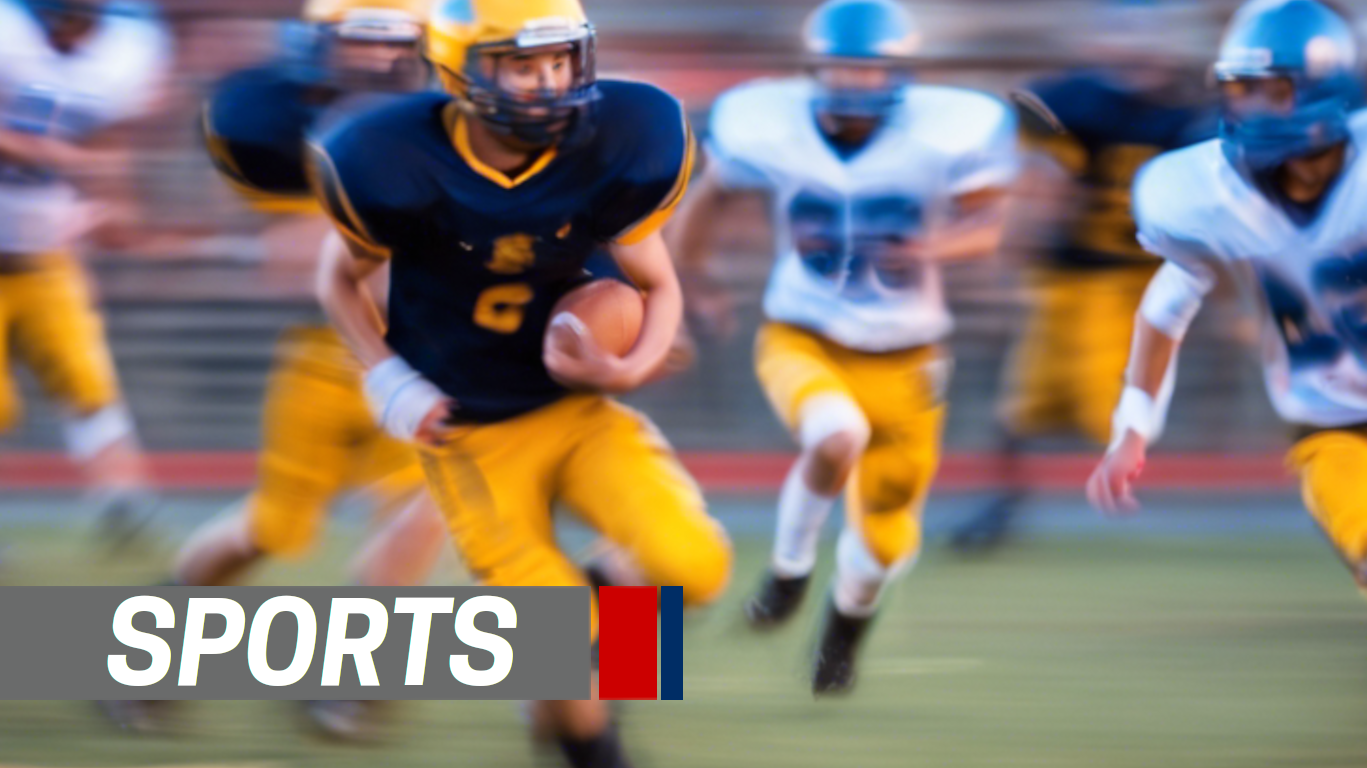The National Federation of State High School Associations (NFHS) has announced new rule changes for high school basketball, effective in the 2024-25 season. Among the 12 approved changes, a key revision is the introduction of a new definition and subsequent warning for faking being fouled, commonly known as flopping.
The NFHS Basketball Rules Committee approved these changes during its April 9-11 meeting in Indianapolis, with subsequent approval from the NFHS Board of Directors. Lindsey Atkinson, NFHS Director of Sports, stated that the committee focused on player safety, fairness, and ensuring rules are effectively adjudicated by officials.
The newly defined Rule 4-49-1 addresses faking being fouled, describing it as when a player simulates being fouled or makes exaggerated movements without illegal contact. Examples include embellishing incidental contact on block/charge plays or field goal attempts, simulating illegal contact with a “head bob,” and other tactics intended to deceive officials. The rule mandates that officials issue a team warning for the first instance of flopping, recorded in the scorebook and reported to the head coach. Any subsequent occurrences will result in a team technical foul, rather than a player technical foul.
Billy Strickland, executive director of the Alaska School Activities Association and chair of the Basketball Rules Committee, expressed hope that these changes will reduce dishonest acts in the game.
Additionally, Rule 3-4-4a has been modified to allow logos or mascots on the front of jerseys, provided they are centered directly above the number, in place of identifying names. This change does not necessitate the purchase of new uniforms and permits some schools to use previously non-compliant uniforms.
Other notable changes include a new note to Rule 9-10-1a and an edit to Rule 4-10, allowing states with a 35-second shot clock to eliminate the five-second closely guarded provision while a player dribbles. The closely guarded rules remain for players holding the ball, regardless of the shot clock.
Further changes include:
– Rule 1-19: Limiting electronic device use to recording and tracking stats, reviewing plays, or similar functions. Voice or video recording is prohibited.
– Rule 2-11-11: Clarifying the responsibilities of multiple scorers at the scorer’s bench.
– Rule 3-3-6: Requiring the removal of an injured player if bench personnel are beckoned, unless a timeout is requested.
– Rule 3-3-7: Allowing a player with bleeding or a blood-stained uniform to remain in the game if the issue is resolved within 20 seconds.
– Rule 4-6-1: Allowing contact with the net without affecting a try for a goal, as determined by the official.
– Rule 4-47-5, 10-2-1g, and 10-4-5: Issuing a team warning for delay of game when the ball is not immediately passed to an official, with subsequent violations resulting in a team technical foul.
– Rule 7-1-1: Prohibiting a player from being assisted by team members or bench personnel outside the boundary line to remain inbounds.
– Rule 10: Addressing pregame violations with offsetting penalties for equal violations by both teams, and modifying the penalty for dunking or attempting to dunk a dead ball.
A comprehensive list of the basketball rules changes is available on the NFHS website. For more information, click on “Activities & Sports” at the top of the homepage and select “Basketball.”
According to the 2022-23 NFHS High School Athletics Participation Survey, basketball remains highly popular, with 537,438 boys and 373,366 girls participating in the sport across thousands of schools.
Source: Read Original Release


